Table of Contents
Self love deficit disorder is a medically unrecognized syndrome in which a person normalizes abuse in intimate relationships. People suffering from this condition tend to negate ‘self-love’ and neglect their own needs in the process of caring for their narcissistic and abusive partners.
What Is Self-love?
Self-love is defined as ‘the love for oneself’ or ‘one’s regard for one’s own happiness’. It is a state of appreciation for oneself, supported by thoughts and actions that fuel personal physical, psychological, and spiritual growth.
Although the two can often be confused, self-love and narcissism are actually opposites [mfn] Henschke, E., & Sedlmeier, P. (2021). What is self-love? Redefinition of a controversial construct. The Humanistic Psychologist. Advance online publication. https://doi.org/10.1037/hum0000266 [/mfn]. Narcissism, in contrast to self-love is regarded as negative and in extreme cases, can even give rise to narcissistic personality disorder.
Why is self love important? Read More
What Is Self love Deficit Disorder (SLDD)?
Self-love deficit disorder (SLDD) is a mental state in which a person normalizes an unequal and abusive intimate relationship and accepts the imbalanced, one-sided distribution of love, respect, and care. It is the quintessential lack of self-love and can lead to “toxic codependency” [mfn] Stafford L. L. (2001). Is codependency a meaningful concept?. Issues in mental health nursing, 22(3), 273–286. https://doi.org/10.1080/01612840121607 [/mfn]. It is however, currently a medically unrecognized mental health condition [mfn] O’Gorman P. (1993). Codependency explored: a social movement in search of definition and treatment. The Psychiatric quarterly, 64(2), 199–212. https://doi.org/10.1007/BF01065870 [/mfn].
People with self-love deficit disorder chronically find themselves in unbalanced and unhealthy relationships. They tend to gravitate toward toxic and self-serving people who only receive to give nothing in return.
They are considered to be the weaker and abused co-dependents to partners or others in close relationships, who selfishly absorb others’ energy and resources [mfn] Day, N. J. S., Townsend, M. L., & Grenyer, B. F. S. (2020). Living with pathological narcissism: a qualitative study. Borderline personality disorder and emotion dysregulation, 7(1), 19. https://doi.org/10.1186/s40479-020-00132-8 [/mfn].
Often, they have distorted perceptions of reality and self-assessment, believing that they are fundamentally flawed or damaged. They may subject themselves to abuse and negate the abuse directed at them via various methods like self-gaslighting, denial, dissociation, oblivion, negative self-talk, etc.
The psychology of self-love deficit disorder is very similar to that of dependent personality disorder [mfn] Disney K. L. (2013). Dependent personality disorder: a critical review. Clinical psychology review, 33(8), 1184–1196. https://doi.org/10.1016/j.cpr.2013.10.001 [/mfn] (DPD) and borderline personality disorder (BPD). Much like people with dependent or borderline personality, people with SLDD act out of:
- Intense guilt
- Low self-esteem and confidence
- Pathological loneliness
- An obsessive fear of abandonment
They display a long-term enduring pattern [mfn] Mulry J. T. (1987). Codependency: a family addiction. American family physician, 35(4), 215–219. [/mfn] of passivity, unconditional obedience, and submission and this cripples them from functioning normally in different social settings. Neglecting their own needs, they compulsively cling to narcissistic and abusive people for validation and approval and display a pathological “gratitude”.
Consequently, they adopt maladaptive behaviors and practices to cope with their not-so-pleasant realities. Because of this, SLDD is frequently associated with poor mental health, self-harm, and suicidal tendencies.
Case Example
Sharanya had been in a turbulent romantic relationship for 6 months with a partner who was extremely controlling and manipulative. He would always demand to know her whereabouts and prevent her from going out to places or wearing dresses or outfits that she wanted to by emotionally blackmailing her and withdrawing love.
He habitually humiliated her for the tiniest of things, often insulting her during conversation and making her feel inferior. In turn, she was always trying her best to please him and live up to his expectations and standards.
Although her partner was frequently abusive and aggressive, Sharanya fished for the times that he would be nice to her as she felt that that was the ‘real’ him.
Even when her friends tried to convince her that this relationship was not healthy for her, Sharanya was convinced that her partner loved her and that even his possessive behavior was a testimony to the same. She truly believed that she could make the relationship work by trying to be the girl that he wanted her to be.
Case Analysis
Sharanya’s partner was evidently a narcissistic abuser who she was voluntarily submissive to. Doing things to please him was her attempt to gain some control in the relationship, which is indicative of a self-love deficit disorder.
The Psychology Of Self-love Deficit Disorder
Even though people with self-love deficit disorder appear as victims at the receiving end of narcissistic abuse, experts [mfn] Shelly J. A. (1991). Codependency and caring. Journal of Christian nursing : a quarterly publication of Nurses Christian Fellowship, 8(2), 3. [/mfn] suggest that such people come with a paradoxical psychology. The psychology of self-love deficit disorder borders on the twin aspects of control and victimhood (.i.e., pleaser and controller) at the same time.
People with self-love deficit disorder get into abusive and toxic relationships with narcissists as they believe they can heal and change the narcissistic and abusive parties into loving, caring, and respecting them.
They voluntarily ‘give up’ their power [mfn] Grapsas, S., Brummelman, E., Back, M. D., & Denissen, J. J. A. (2020). The “Why” and “How” of Narcissism: A Process Model of Narcissistic Status Pursuit. Perspectives on psychological science : a journal of the Association for Psychological Science, 15(1), 150–172. https://doi.org/10.1177/1745691619873350 [/mfn] to their power-hungry peers only to manipulate and coax them with care and kindness. This strategy is seldom successful as narcissists are people who are habituated to devouring resources and maintaining their negative and unhealthy stances.
If and when people with SLDD try to reinforce mutual and fair boundaries, their narcissistic partners [mfn] Mitra, P., & Fluyau, D. (2022). Narcissistic Personality Disorder. In StatPearls. StatPearls Publishing. Available from: https://www.ncbi.nlm.nih.gov/books/NBK556001/ [/mfn] punish them with some form of active or passive-aggressive retaliation.
Codependents are convinced by themselves and their narcissistic partners [mfn] Lambe, S., Hamilton-Giachritsis, C., Garner, E., & Walker, J. (2018). The Role of Narcissism in Aggression and Violence: A Systematic Review. Trauma, violence & abuse, 19(2), 209–230. https://doi.org/10.1177/1524838016650190 [/mfn] that their sacrifice and selfless caring are synonymous with commitment, loyalty and love. As they find themselves enmeshed greatly into toxic relationships, they develop unhealthy coping and defense mechanisms.
People with SLDD often deny their realities, develop an addiction towards abuse, and a near-empathetic obsession with their abusive partners. Neglecting their needs and wants, the care-taking and sacrificing people with SLDD settle in long-term relationships with the selfish and entitled narcissistic people around them.
Read More About Narcissism Here
Signs Of Self Love Deficit Disorder
If you suspect that you or your loved one might have this condition, here are some self-love deficit disorder symptoms to look out for [mfn] Kijek J. C. (1989). Codependency–what is it?. The Florida nurse, 37(2), 11. Available from: https://pubmed.ncbi.nlm.nih.gov/2703085/ [/mfn]:
- Guilt
- Low self-esteem and confidence
- Low self-worth
- Pathological loneliness
- Fear of abandonment
- Excessive attachment
- Over–dependence on love and affection
- Extreme passivity
- Self-gaslighting
- Denial of reality
- Attempting to control others with care, service, favors, etc.
- Self-neglect [mfn] Touza, C., & Prado, C. (2019). Detecting Self-Neglect: A Comparative Study of Indicators and Risk Factors in a Spanish Population. Gerontology & geriatric medicine, 5, 2333721418823605. https://doi.org/10.1177/2333721418823605 [/mfn], while caring for others
- Caring for others to coax them into loving oneself
- Going out of one’s way to please people
- Continuing to be in unsatisfying and abusive relationships
- Having narcissistic partners or friends
What Causes Self-Love Deficit Disorder?
Studies [mfn] Touza, C., & Prado, C. (2019). Detecting Self-Neglect: A Comparative Study of Indicators and Risk Factors in a Spanish Population. Gerontology & geriatric medicine, 5, 2333721418823605. https://doi.org/10.1177/2333721418823605 [/mfn] summarize the causes of self-love deficit disorder into what is typically called the “self-love deficit disorder pyramid”. The bottom-to-top levels of this pyramid include:
- Negative experiences in the childhood
- Attachment trauma
- Core shame
- Pathological loneliness
- Codependency addiction
- Full development of self-love deficit disorder (SLDD)
The causes of SLDD can be traced back to childhood. Usually, children raised by authoritarian, toxic, and/or narcissistic parental figures tend to form negative developmental experiences.
To such children, parental love and affection are merely judgemental and conditional. Because of this, they do not feel loved, respected, or cared for. Sometimes, they dissociate and repress their childhood memories, in a way becoming attached to their trauma.
Trauma attachment further causes them to start blaming themselves, thinking that they are fundamentally flawed and that they do not deserve to be loved.
They experience a toxic kind of shame that cripples their self-esteem, sense of self-worth, and independence. They start believing that they are valued by other people only as long as they are being “useful”, such as by taking care of others.
In a way, their self-worth becomes dependent on their ability to serve while ignoring themselves. To cope with this, they may go to extraordinary lengths of service and submission.
To get rid of these negative feelings, these people develop a desperate need for company and a relationship. They might eventually become addicted to codependency and tend to form relationships with narcissistic or abusive people who take their love, respect, and resources for granted.
In their loneliness and lifelong pursuit of love and companionship, they settle for receiving less or nothing in return [mfn] Jones S. L. (1991). Are we addicted to codependency?. Archives of psychiatric nursing, 5(2), 55–56. https://doi.org/10.1016/s0883-9417(05)80016-0 [/mfn] who coax others into loving them by controlling or caring for them. They neglect their own needs and wants in order to please others. This is when they develop a full-blown self-love deficit disorder.
Self-Love Deficit Disorder Treatment
Self-love deficit is normalized in our day-to-day lives, thanks to the tiny compromises and adjustments that go in our interpersonal relationships. However, if you notice this pattern of behavior affecting your day-to-day functioning to a significant degree, it might be best to consult a mental health professional.
For those wondering how to recover from self love deficit disorder, a strategy known as “self-love abundance” [mfn] Gebauer, J. E., Göritz, A. S., Hofmann, W., & Sedikides, C. (2012). Self-love or other-love? Explicit other-preference but implicit self-preference. PloS one, 7(7), e41789. https://doi.org/10.1371/journal.pone.0041789 [/mfn] is popularly recommended by experts along with certain self-help mindfulness techniques [mfn] Schuman-Olivier, Z., Trombka, M., Lovas, D. A., Brewer, J. A., Vago, D. R., Gawande, R., Dunne, J. P., Lazar, S. W., Loucks, E. B., & Fulwiler, C. (2020). Mindfulness and Behavior Change. Harvard review of psychiatry, 28(6), 371–394. https://doi.org/10.1097/HRP.0000000000000277 [/mfn].
Self-love Abundance
An abundance of self-love is the simple anecdote to self-love deficit disorder. Loving yourself would mean accepting yourself, wholeheartedly and unconditionally. [mfn] Bailey J. A., 2nd (2003). The foundation of self-esteem. Journal of the National Medical Association, 95(5), 388–393. [/mfn]. Self-love abundance also help increase:
- Gratitude
- The ability to love others
- Abundance
- Exuberance and joy
- Attracting and manifesting wishes
- Finding peace of mind and happiness
In fact, experts have formulated the “self-love abundance pyramid” (SLA-pyramid) [mfn] Knapek, E., & Kuritárné Szabó, I. (2014). A kodependencia fogalma, tünetei és a kialakulásában szerepet játszó tényezők [The concept, the symptoms and the etiological factors of codependency]. Psychiatria Hungarica : A Magyar Pszichiatriai Tarsasag tudomanyos folyoirata, 29(1), 56–64. [/mfn] to guide people with SLDD.
The first step to recovering from SLDD involves working on your unaddressed childhood trauma and past negative experiences, which can be worked on in self-love deficit disorder therapy. You will then be able to gradually work towards prioritizing yourself and building a foundation for self-respect, self care and self fulfillment.
This step towards self-care will further enable you to develop a realistic and empowering concept of self, while getting rid of maladaptive coping styles, such as people-pleasing behavior.
Eventually, you will find yourself more comfortable with your own reality and seep into the healthy habit of living as an imperfect, but lovable human being. You will reinforce within yourself a healthy sense of self-worth based on who you are, rather than your ‘usefulness’.
Ways To Achieve Self-Love Abundance
As mentioned before, the remedy to self-love deficit and self-hatred is self-love—which can be achieved via small self-help strategies and other healthy coping mechanisms.
For more severe cases of self-love deficit disorder, it is recommended that you seek professional help. There is no specifically prescribed treatment for self-love deficit disorder, as it is not a medically recognized condition.
Moreover, research is sparse [mfn] Harper, J., & Capdevila, C. (1990). Codependency: a critique. Journal of psychoactive drugs, 22(3), 285–292. https://doi.org/10.1080/02791072.1990.10472551 [/mfn] and limited when it comes to SLDD. However, certain clinical practices and non-medical interventions are easily available to reinforce self-love and self-care in people with SLDD.
Consider the following measures to work towards achieving self-love:
- Acknowledge and accept your realities.
- Become mindful of your wants and needs.
- Reorient your ideas about codependency, personal freedom, commitment, etc.
- Act on what you need, rather than what you want.
- Practice good self-care with good nutrition, adequate exercise and sleep, and healthy relationships.
- Consider self-help mindfulness techniques [mfn] Creswell, J. D., Lindsay, E. K., Villalba, D. K., & Chin, B. (2019). Mindfulness Training and Physical Health: Mechanisms and Outcomes. Psychosomatic medicine, 81(3), 224–232. https://doi.org/10.1097/PSY.0000000000000675 [/mfn] like meditation, yoga, behavioral training, etc.
- Boost your self-esteem by developing a hobby or learning a skill.
- Be mindful [mfn] Keng, S. L., Smoski, M. J., & Robins, C. J. (2011). Effects of mindfulness on psychological health: a review of empirical studies. Clinical psychology review, 31(6), 1041–1056. https://doi.org/10.1016/j.cpr.2011.04.006 [/mfn] of the needs and intentions of other people around you.
- Disengage yourself from toxic and tiring relationships.
- Address your untreated trauma and ill-feelings. If possible, try holding open conversations with the people you resent. Understanding them can go a long way in treating your SLDD.
- Draw boundaries and try not to limit yourself to thoughts and activities that trigger negative feelings in you and express poorly who you are.
- Practice self-empathy and self-forgiveness on a daily basis.
- Intentionally live a meaningful and healthy life.
- If needed, avail self-love deficit disorder therapies that explore the source of trauma, reframe negative thoughts, and treat coexisting mental health conditions.
Takeaway
Self-love is a fundamental human component in leading a happy and fulfilling life. To neglect it and take to extreme self-sacrifice and self-neglect can negatively impact one’s quality of life, physical and mental health, and social relationships.
Therefore, it is of utmost importance to practice self-care, self-respect, and self-love. Through this approach, we can not only grow and prosper ourselves but also give back to the community at large.
At A Glance
- Self-love deficit disorder (SLDD) is a medically unrecognized mental condition in which a person normalizes an abusive relationship.
- The self-love deficit disorder symptoms include guilt, pathological loneliness, self-sacrifice, self-neglect, manipulation through kindness, etc.
- People with SLDD tend to get drawn into relationships with narcissistic and abusive people.
- The causes of SLDD are attributed to untreated childhood trauma and parental abuse.
- Reinforcing self-love abundance is the only cure to self-love deficit disorder.
- An abundance of self-love can be achieved through healthy coping strategies and, sometimes, therapy.



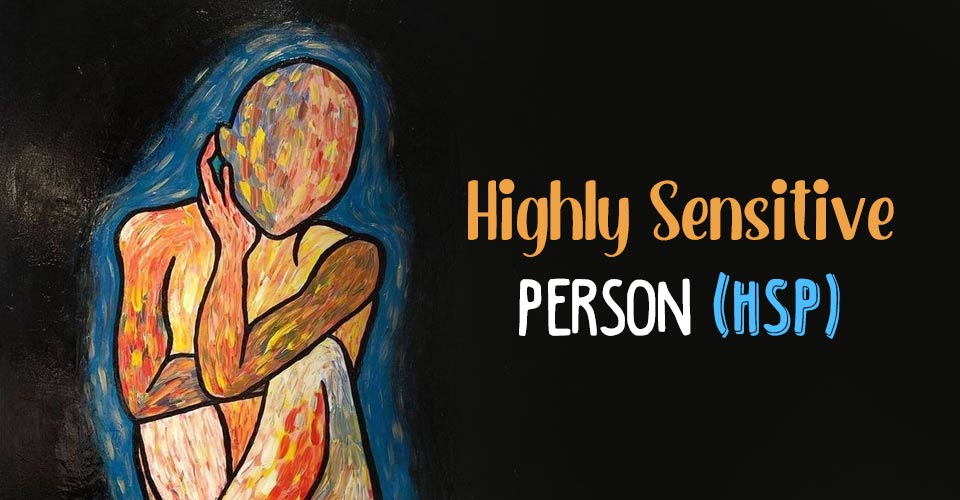
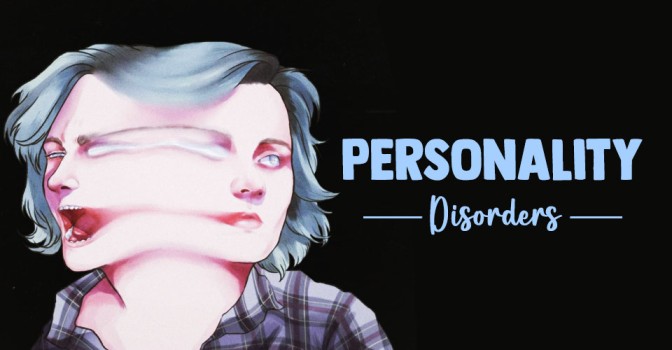
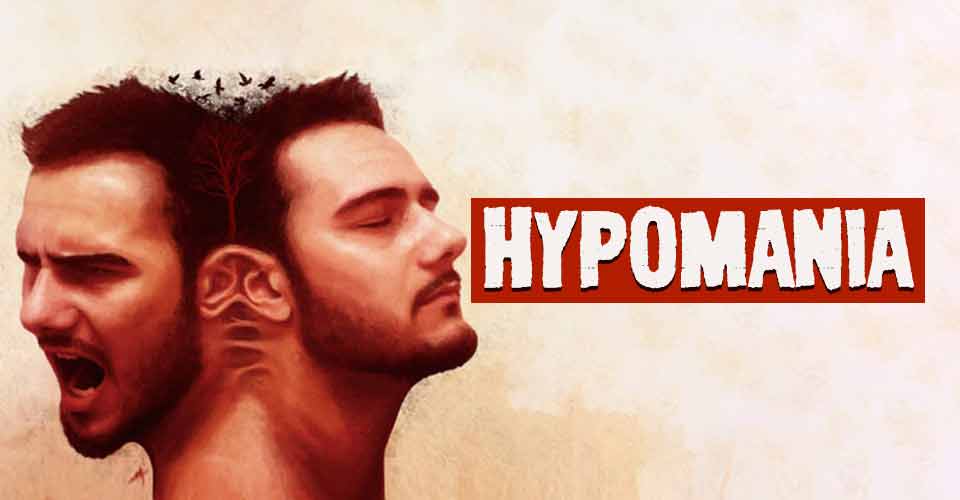
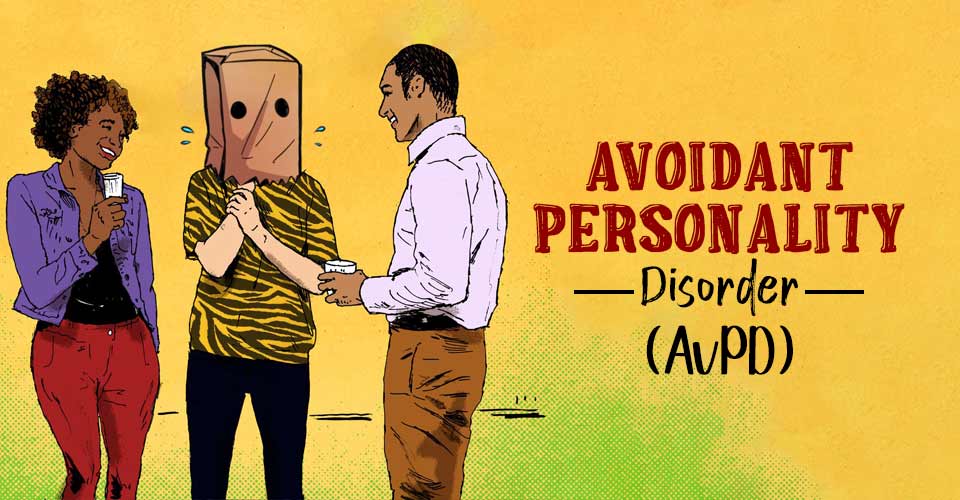

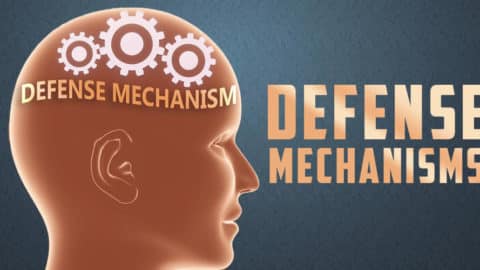
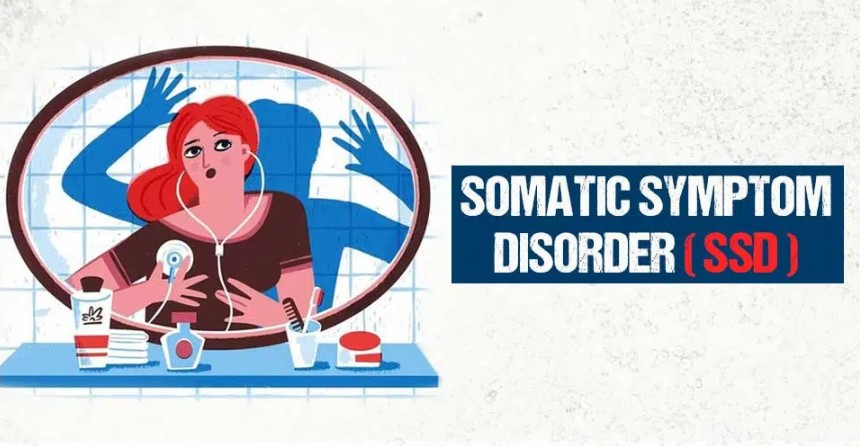

Leave a Reply